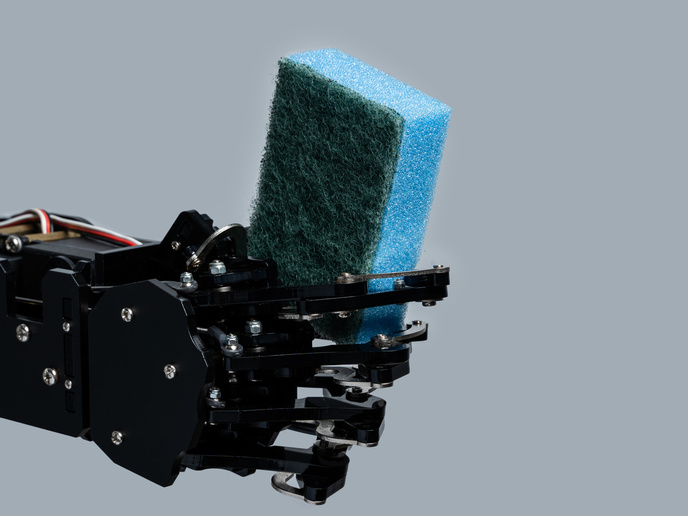Augmented reality to create a shared cultural heritage
People can feel ostracised from society for many reasons, particularly if they are living in a country not of their origin. Shared storytelling is a powerful way to build social inclusion and cohesion in society, and digital technologies are opening up new ways to create a shared cultural heritage in Europe’s cities. The EU-funded MEMEX (MEMories and EXperiences for inclusive digital storytelling) project is working to counter social and cultural exclusion by developing interactive digital tools using augmented reality (AR) to creatively engage people in the narration and reinterpretation of cultural heritage. “The aim is to promote creativity and personal expression, social and cultural participation and empowerment, and the expression and recognition of cultural diversity,” explains Alessio Del Bue, MEMEX project coordinator and senior researcher at the Italian Institute of Technology in Genoa, Italy. The MEMEX project is working with three groups at risk of exclusion in Europe: migrant women in Barcelona, the citizens of the 19th arrondissement of Paris, and first-, second- and third-generation migrants living in Lisbon. The project uses a community-based approach, with the active support of local participants from these groups.
Digital storytelling and a memory map
The MEMEX project used digital storytelling to let participants develop short personal stories, making connections between tangible and intangible cultural heritage. The team designed a prototype of a smartphone app that allows users to create, share and visualise geo-localised stories – including audio, text and video – in AR. Through the app, personal memories and experiences are visible in the real world and accessible at specific locations throughout cities. “The app visualises the stories as fixed landmarks on a map on the smartphone, localising the stories at the very same places where we live. In this way, MEMEX works as a map of memories, experiences, emotions and relationships with cultural heritage,” says Del Bue. “In the three pilot cities, participants showed strong emotional involvement in the creation of the stories, as well as in their sharing among peers, and a sense of pride when seeing them in the app.” The tools are advanced, incorporating elements of artificial intelligence (AI) and AR, but are designed to be easily used by non-experts. Through a series of co-design workshops, the app has gradually evolved to improve the user experience. The team hopes communities at risk of exclusion, along with social groups or authorities working with them, will use the app to gather memories, intertwining these with physical places, locations and objects to promote social cohesion.
Eliminating social exclusion through stories
The project has almost reached its end, but the technology is still under evaluation. While participants enjoyed and appreciated the concept of the app, social, cultural and economic deprivation meant that some participants couldn’t use or master the technology. “An additional aspect of the MEMEX project, and future research projects, could therefore be teaching communities how to use the technology and tell their stories digitally, to avoid these pitfalls, increase engagement and boost social inclusion,” remarks Del Bue. “Local authorities and sociocultural professionals were very positive about the project and its results, but also its potential for use by them,” adds Corinne Szteinsznaider, policy and projects director at the Michael Culture Association, a MEMEX partner.
Keywords
MEMEX, digital, storytelling, memory, map, cultural, heritage, marginalised, communities, migrants, social innovation







